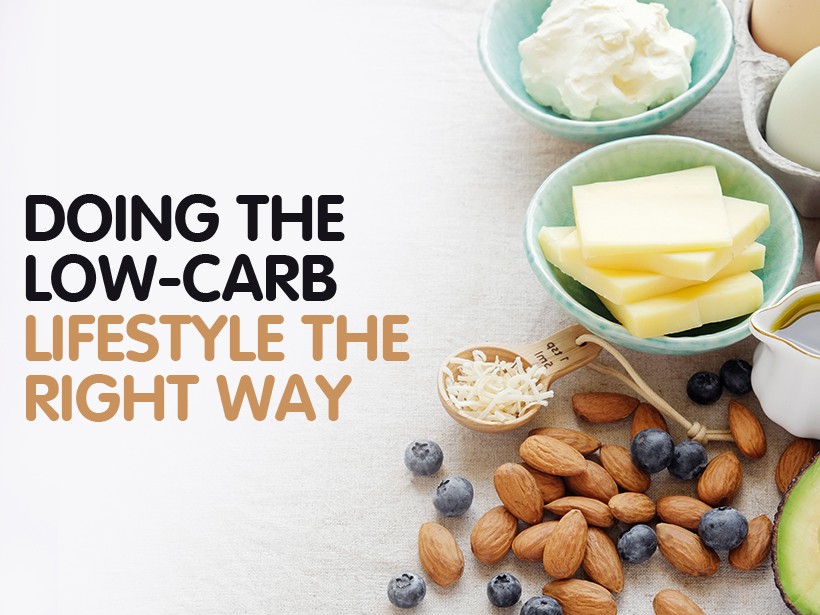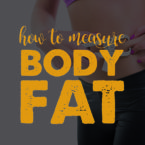Fad diets are a dime a dozen, and some might wonder if the rise of the keto diet and low-carb lifestyle means it’s just another fleeting quick-fix scheme. The secret, however, is a little more cut-and-dried. Many people treat dieting – regardless of the diet in question – as a miracle fix. They expect to lose weight fast and then, once they see results, they hope to maintain those results with little to no work at all. The beauty of the keto diet is that it’s not a diet at all. Instead, as many advocates attest, it’s a lifestyle change.
Going Beyond the Fad
The low-carb lifestyle is often touted for its rapid and measurable results. In a $3 billion weight loss industry, that naturally turns heads. While it may seem new and exciting though, keto really isn’t new. In fact, it’s been used for many years to treat epileptic patients. Researcher, James McIntosh says, “Ketosis is a normal metabolic process. When the body does not have glucose for energy, it burns fat stores instead.”1
Unlike crash diets and fads, keto has a basis in fundamental metabolic processes. The disparity for some lies in its seemingly restrictive nature and rapid results. The question remains, though, can the low-carb lifestyle be sustainable?
Get on Board for Lifestyle Changes
First and foremost, the keto diet is, generally speaking, fairly simple. By following a keto meal model of 20-30 percent calories from protein, 60-70 percent from fats, and 5-10 percent from carbohydrates, people can avoid counting calories and enjoy fan-favorites like bacon and cheese. Unlike fad diets, however, keto does require certain restrictions. Gone from your pantry are many fruits, grains, and sugar sources.
Some dieticians and scientists say this isn’t sustainable, however; personal trainers and nutritionists like Ben Greenfield beg to differ. Ben is one of the top-ranked amateur triathletes in the world, having completed more than 120 races and 12 Ironman triathlons. He was named one of the world's top 100 most influential people in health and fitness in both 2013 and 2014; when he speaks about fitness, people should listen.
He says that, in order to make keto work, you simply need to be in it for the long haul2. When first starting a low-carb regimen, most people will shed weight rapidly as your body burns through its carbohydrate stores and the water weight carbs tend to hold. Then, it will slow or stall. To transcend the crash diet phase, Greenfield says, “If you stick with a low carbohydrate diet, the weight loss will gradually and consistently resume.”
Make Better Choices
Like any genuine lifestyle change, going keto and opting for the low-carb lifestyle means you need to look at it less like a diet and more like a series of choices. Consider the big picture. Opt for whole foods vs. processed foods, and turn your mindset toward long term measurable results, rather than the quick fix phase you’d love to see.
NUTRITIONAL DISCLAIMER
The content on this website should not be taken as medical advice and you should ALWAYS consult with your doctor before starting any diet or exercise program. We provide nutritional data for our recipes as a courtesy to our readers. We use Total Keto Diet app software to calculate the nutrition and we remove fiber and sugar alcohols, like erythritol, from the total carbohydrate count to get to the net carb count, as they do not affect your blood glucose levels. You should independently calculate nutritional information on your own and not rely on our data. The website or content herein is not intended to cure, prevent, diagnose or treat any disease. This website shall not be liable for adverse reactions or any other outcome resulting from the use of recipes or recommendations on the Website or actions you take as a result. Any action you take is strictly at your own risk.
- Jacob’s Meat Market Joins the Keto Craze - February 12, 2019
- Doing the Low-Carb Lifestyle the Right Way - January 31, 2019
- How to Boost Your Metabolism and Burn Fat Faster - January 3, 2019































